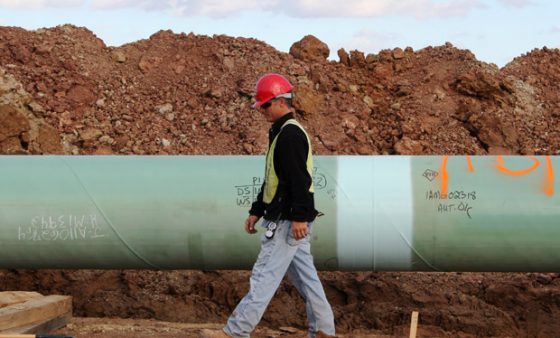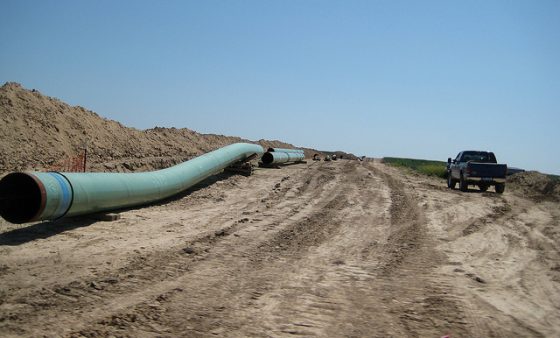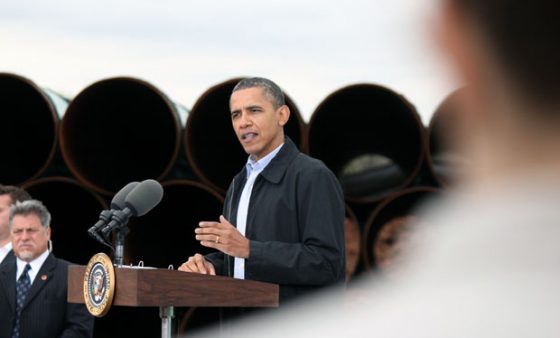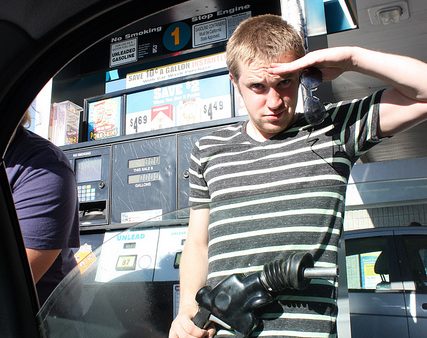Keystone XL

TransCanada
This map shows the original route of the Keystone XL pipeline. Construction on the southern portion, from Oklahoma to Texas, has already started.
TransCanada’s Keystone XL is a pipeline project that will transport crude from oil sands in Canada to the Gulf Coast of Texas.
The pipeline project became political in January 2011, when President Barack Obama rejected TransCanada’s permit, which required presidential approval because it crosses an international boundary.
Keystone XL’s original route would have traversed the ecologically sensitive Sand Hills region of Nebraska, which prompted protests from environmentalists.
TransCanada has re-applied for a presidential permit, and has reached agreement with officials in Nebraska on an environmental impact study.
After the permit reject, TransCanada announced plans to start the pipeline’s southern portion — the 485-mile Keystone Gulf extension —which links Oklahoma’s pipeline hub in Cushing with refineries in Texas.
Many people question Keystone XL’s impact on the economy and the environment, and landowners in Oklahoma and Texas have fought against the pipeline, which TransCanada has tried to install by force through eminent domain.

Joe Wertz / StateImpact Oklahoma
President Barack Obama visited an Oklahoma pipe yard and pledged his support for the Cushing-to-Texas Keystone Gulf pipeline.
Jobs Claims
TransCanada claims the Keystone XL project would create 20,000 construction and manufacturing jobs and more than 100,000 direct, indirect and induced jobs.
But a study from Cornell University found that the pipeline project would create only 20 full-time jobs. Up to 90 percent of those hired for temporary work would be non-local and hired from out-of-state, according to the study.
Oklahoma would see between 600 and 800 construction-related jobs while the pipeline was being built, company officials said.
Environmental Impact
Critics say the type of Canadian crude Keystone XL will move is especially risky because it’s thicker, more acidic and carries abrasive particles that are more corrosive to pipelines.
The company disputes this and argues that dilbit crude has been flowing into the United States for years.
TransCanada reworked the southern route of Keystone XL to avoid sensitive wetlands in Texas
Latest stories
Harold Hamm Says U.S. Oil Industry No Longer Needs Keystone XL Pipeline
Hamm tells Reuters railroads have become more and more important and viable as a way to transport crude.
Oil From Oklahoma Hub is Filling Southern Leg of Keystone XL Pipeline
Why Protesters Have a Hard Time Making Case Against the Keystone XL Pipeline
Why Obama’s Keystone XL Climate Change Comments Confused Everyone
Cushing Oil Hub Will Grow With or Without Keystone XL, Pipeline Exec. Says
This is What the Keystone XL Pipeline Looks Like
Construction of the southern portion of TransCanada’s Keystone XL Pipeline has been underway since August, and crews in Oklahoma started laying, welding, inspecting and burying the bright, teal-green pipeline in November.





